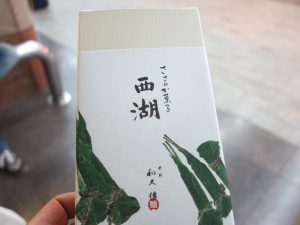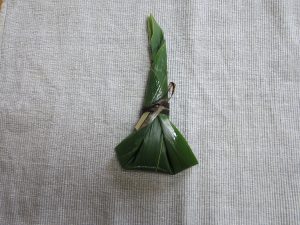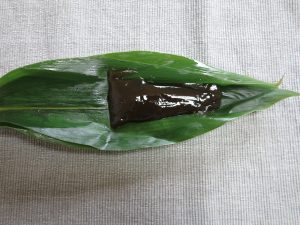Seiko, a recommended Japanese confectionery souvenir from Kyoto, is a signature product of ryotei (Japanese-style restaurant) WAKUDEN.
There are many Japanese confectionaries in Kyoto, but one of the most famous is “Seiko,” a confectionary made by WAKUDEN ryotei (traditional Japanese restaurants),
When you hear the name “Seiko,” you may first think of Lake Saiko of the Fuji Five Lakes,
However, when I look at the website, it says that West Lake is a lake with beautiful lotus flowers in full bloom,
Is it correct to say that this is the West Lake in Hangzhou, China?
I guess it must be, since it is said that West Lake is a beautiful lake that was written about in a poem by Bai Juyi.
So, back to the West Lake of Wagashi.

At any rate, the packaging is cool. The Japanese atmosphere with the use of the blank space.
It’s very cool.
The website says “Renkon Confectionery Seiko”, but this packaging is “Sasanoka Confectionery”?
Continuing to look at the website, there is another “Sasanoka-sweets: Kisui”.
The “Kisui” is supposed to be made from bamboo grass and plantain, with the flavor of apple added.
Well, it’s okay.
The paper box type is also reasonably priced at 810 yen (tax included) for a pack of three.
The shelf life is four days, which is not too bad for a raw-looking Japanese confectionery.
Even if you buy them on a weekend trip to Kyoto, you should be able to deliver them by Thursday of the following week.
There is also a gorgeous type in a bamboo basket.

When you open it, it looks like this. The shape of a zongzi wrapped in bamboo leaves is interesting.
In the Gion Festival in Kyoto, good luck charms in the shape of zongzi are offered to ward off evil spirits, and I wonder if this is a hint from the Gion Festival.
Incidentally, WAKUDEN is a ryotei restaurant that is very particular about “omotase” (gift wrappings).
Omotase” is a Kyoto-style expression meaning ”hand-me-downs.
As a ryotei, WAKUDEN is only in Kyoto, but there are omotase stores in Kyoto, Tokyo, Nagoya, and other cities.
There is also an online store dedicated to omotase, “Shino WAKUDEN,” which is also very enthusiastic about the product.
Conversely, there are no ryotei restaurants except in Kyoto.
WAKUDEN was originally a ryokan in Tango Mineyama.
Later, it opened a ryotei near Kodaiji Temple in Kyoto.
It seems that WAKUDEN was the one who made eating crab in Kyoto’s ryotei restaurants popular.
I heard from people in Kyoto that in the old days, relatives living in the Tango area used to send them many bowls of crabs,
This made them feel as if winter had come.
I guess the people of WAKUDEN at that time also followed this trend and brought the deliciousness of crab to the center of Kyoto.

So, back to Seiko again. When you open the bamboo leaf, you will find a tasty wagashi inside.
In fact, the texture of the sweets is very pleasant.
The sweetness of the wasanbon and the flavor of lotus root (or is it lotus root?) are well balanced with a slight bitterness.
Older people will definitely appreciate it.
The young people will be impressed by the sense of luxury.
It is a representative example of a wagashi (Japanese confectionery) souvenir of Kyoto that is not embarrassing no matter where you present it.
It is also located at Isetan B1 in Kyoto Station, so you can get it just in time for when you say, “Oh no, I forgot to buy a souvenir.
It is also good to be able to get it just in time when you forget to buy a souvenir.
Seiko
Paper box, 3 bottles
810 yen (tax included)
Kyoto 600-8555
Higashi Shiokoji-cho, Shiokoji-sagaru, Karasuma-dori, Shimogyo-ku, Kyoto
Isetan JR Kyoto B1F
B1F, JR Kyoto Isetan 075-352-0345
10:00 – 20:00





